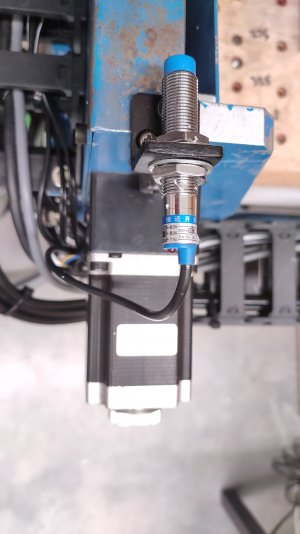Tormach makes several "personal" CNC machines. Several years ago, they replaced the Mach 3 controller with a proprietary controller based on Linux CNC and called PathPilot. My 770 came with Mach 3 controller and if I ran full bore up to the limit switch, it would overshoot and hit a hard stop.
With PathPilot, once you home the machine , you will not ever actually hit the limit switches (the home position is set about .050" shy of the limit switch). PathPilot also programs in a far limit, the default position based on the machine parameters but user programmable so the machine works to electronic limit positions.
You can download the manual here:
https://www.tormach.com/support/wpdmpro/um10349-pcnc1100-manual-0916a-web/ Some people running non Tormach machines are using PathPilot. Since it is based on Linux CNC, it has to be open source. The communication is through a special board called a Mesa, IIRC.
I thought that Clough used a rather peculiar way of syncing the lead screw to the spindle. He explains his logic in his second video, around 26 min. in.

